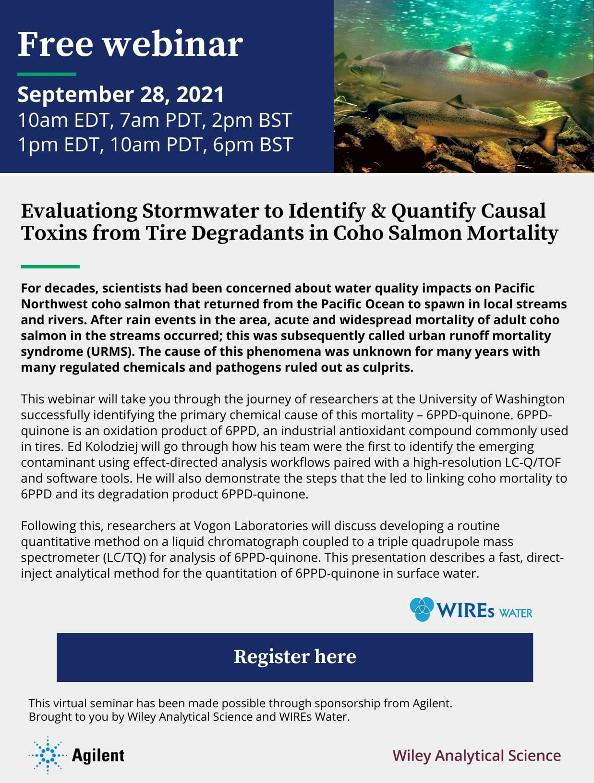Artículo
Lithium and boron in calcified tissues of vicuna and its relation to the chronic exposure by water ingestion in the Andean lithium triangle
López Steinmetz, Romina Lucrecia ; Fong, Shao Bing; Boyer, Emile; López Steinmetz, Lorena Cecilia
; Fong, Shao Bing; Boyer, Emile; López Steinmetz, Lorena Cecilia ; Tejerina, Norberto Elio; Meuric, Vincent
; Tejerina, Norberto Elio; Meuric, Vincent
 ; Fong, Shao Bing; Boyer, Emile; López Steinmetz, Lorena Cecilia
; Fong, Shao Bing; Boyer, Emile; López Steinmetz, Lorena Cecilia ; Tejerina, Norberto Elio; Meuric, Vincent
; Tejerina, Norberto Elio; Meuric, Vincent
Fecha de publicación:
12/2019
Editorial:
Society of Environmental Toxicology and Chemistry
Revista:
Environmental Toxicology and Chemistry
ISSN:
0730-7268
Idioma:
Inglés
Tipo de recurso:
Artículo publicado
Clasificación temática:
Resumen
Vicuna is a wild, endangered species of Andean camelid living in the hyperarid Andean plateau. In the central part of the plateau, the Lithium Triangle defines a zone with lithium‐rich salt pans. Brine pools naturally form within the salt pans, and the adaptation strategy of vicuna consists of drinking from brine pools. Together with reporting the first chemical data on vicuna bones and teeth, we analyzed lithium, boron, and arsenic in water and brines, with the aim of assessing their relation to chronic exposure by water ingestion. We collected and analyzed bones of vicuna specimens lying in an Andean salt pan, together with brine and water samples. Brine and water samples are highly saline and contain large amounts of lithium, boron, and arsenic. Lithium (13.50–40 mg kg–1 ) and boron (40–46.80 mg kg–1 ), but not arsenic, were found in the vicuna bones and teeth. Based on our results and on previously reported data on human tissues in the Andes, we conducted statistical assessments of the relationships between lithium and boron in body tissues and water samples, and discuss their environmental significance in the context of the Lithium Triangle.
Archivos asociados
Licencia
Identificadores
Colecciones
Articulos(INECOA)
Articulos de INSTITUTO DE ECORREGIONES ANDINAS
Articulos de INSTITUTO DE ECORREGIONES ANDINAS
Citación
López Steinmetz, Romina Lucrecia; Fong, Shao Bing; Boyer, Emile; López Steinmetz, Lorena Cecilia; Tejerina, Norberto Elio; et al.; Lithium and boron in calcified tissues of vicuna and its relation to the chronic exposure by water ingestion in the Andean lithium triangle; Society of Environmental Toxicology and Chemistry; Environmental Toxicology and Chemistry; 39; 1; 12-2019; 200-209
Compartir
Altmétricas



